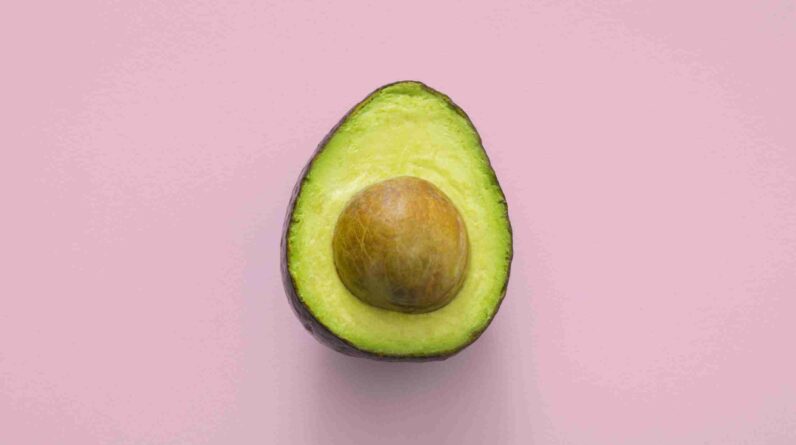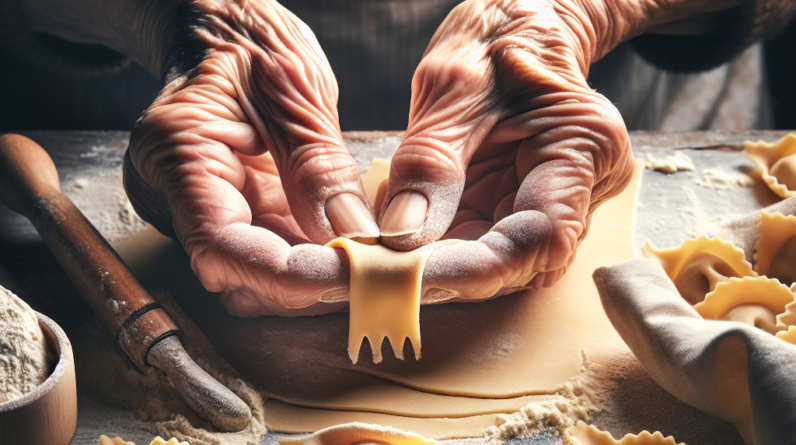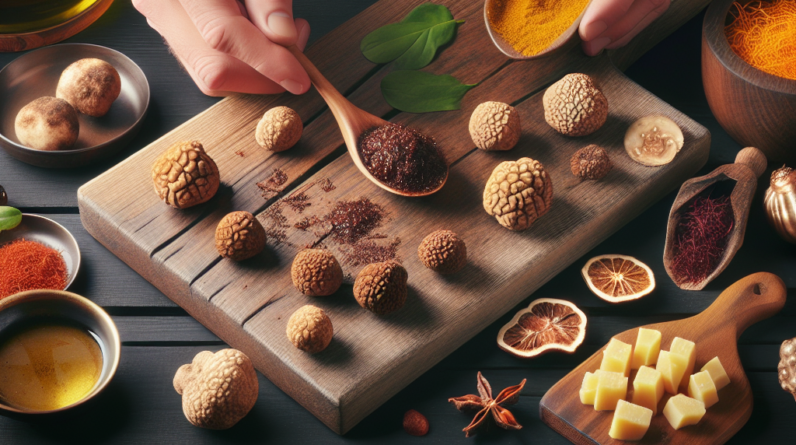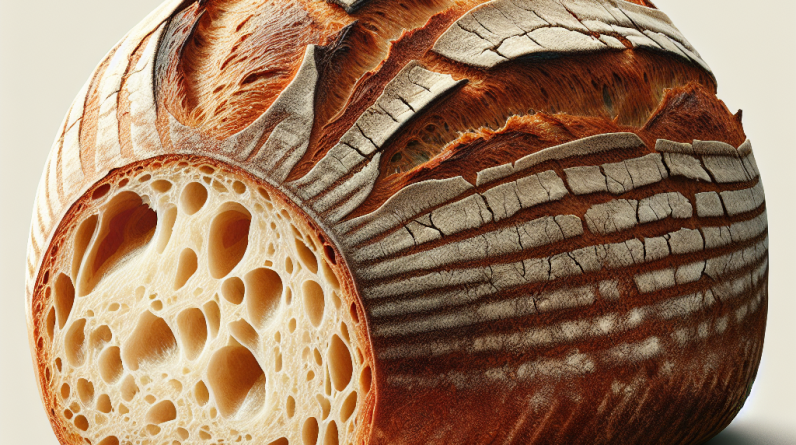Are you bewildered by the vast array of options when it comes to selecting the perfect olive oil for cooking and finishing dishes? Fear not, for we are here to provide you with some invaluable tips and tricks to ensure that you choose the best olive oil that will not only enhance the flavors of your culinary creations but also provide you with numerous health benefits. With so many varieties and labels claiming to be the finest, it can be overwhelming to make the right choice. But fret not, for with our guidance, you’ll soon be able to navigate the vast sea of olive oil options with confidence and make informed decisions that will elevate your cooking and finishing game to new heights.

Types of Olive Oil
Extra Virgin Olive Oil
Extra virgin olive oil is the highest grade of olive oil and is considered to be the most superior in terms of quality and taste. It is produced through a process of mechanical extraction without the use of any heat or chemicals. Extra virgin olive oil has a low acidity level and has a rich flavor and aroma.
Virgin Olive Oil
Virgin olive oil is also produced through a process of mechanical extraction, similar to extra virgin olive oil. However, it has a slightly higher acidity level than extra virgin olive oil, which gives it a milder flavor. Virgin olive oil is still of high quality and suitable for both cooking and finishing dishes.
Pure Olive Oil
Pure olive oil is a blend of refined olive oil and virgin olive oil. It undergoes a process of refining, which removes impurities and results in a milder flavor and lighter color. Pure olive oil is a versatile option for cooking, as it has a higher smoke point compared to extra virgin and virgin olive oils.
Light Olive Oil
Contrary to what the name suggests, light olive oil does not refer to the calorie content or fat content of the oil. Instead, light olive oil refers to its mild flavor and aroma, which makes it a suitable choice for those who prefer a more subtle taste in their dishes. Light olive oil is often a blend of refined olive oil and virgin olive oil.
Understanding Olive Oil Labels
Cold Pressed
Cold pressed olive oil refers to the method of extracting oil from olives without the use of heat. This process helps to preserve the natural flavors and aromas of the olives, resulting in a higher quality oil. Cold pressed olive oil is often associated with extra virgin and virgin olive oils.
First Cold Press
First cold press olive oil refers to the initial pressing of olives during the extraction process. This is considered to be the highest quality olive oil, as it produces the purest oil with the most intense flavors. The term “first cold press” is often used in conjunction with extra virgin olive oil.
Unfiltered
Unfiltered olive oil is exactly what it sounds like – it has not been filtered to remove any sediment or particles. This type of olive oil may have a slightly cloudy appearance and a more robust flavor profile. Some people prefer unfiltered olive oil for its more authentic taste.
Organic
Organic olive oil is produced from olives that have been grown without the use of synthetic pesticides, herbicides, or fertilizers. It is certified by organic certification bodies and adheres to strict regulations when it comes to the cultivation and processing of the olives. Organic olive oil offers a more environmentally-friendly and sustainable option.
PDO/PGI Certification
PDO (Protected Designation of Origin) and PGI (Protected Geographical Indication) certifications ensure that the olive oil is produced in a specific region and meets certain quality standards. These certifications guarantee the authenticity and quality of the olive oil, providing consumers with confidence in their purchase.
Considerations for Cooking with Olive Oil
Smoke Point
The smoke point of olive oil is the temperature at which it begins to break down and emit smoke. Different types of olive oil have different smoke points, with extra virgin olive oil having a lower smoke point compared to pure and light olive oils. It is important to choose an olive oil with a smoke point suitable for the cooking method you plan to use.
Flavor Profile
The flavor profile of olive oil varies depending on the type and quality. Extra virgin and virgin olive oils have more pronounced flavors, ranging from fruity and grassy to peppery and bitter. Pure and light olive oils have milder flavors, allowing the other ingredients in a dish to shine. Consider the flavor profile you desire and choose an olive oil accordingly.
Cost
The cost of olive oil can vary depending on factors such as the type, quality, and brand. Extra virgin olive oil tends to be more expensive due to its superior quality. Pure and light olive oils are usually more affordable options. Consider your budget and the intended use of the olive oil when making a purchasing decision.
Availability
The availability of different types of olive oil may vary depending on your location. Extra virgin olive oil is widely available in most supermarkets and specialty stores. Virgin, pure, and light olive oils are also commonly found. Consider the availability of different types of olive oil in your area and explore local producers for a wider selection.
Considerations for Finishing with Olive Oil
Aroma and Flavor
When using olive oil as a finishing touch on dishes, the aroma and flavor become even more important. Extra virgin olive oil with its robust and fruity flavor profile can enhance the overall taste of a dish. Consider the aroma and flavor notes you desire and choose an olive oil that complements the flavors of the dish.
Quality and Freshness
For finishing dishes, it is crucial to use high-quality olive oil that is fresh and not past its prime. Fresh olive oil will have vibrant flavors and aromas, elevating the taste of the dish. Look for olive oil that is labeled as extra virgin and has a recent harvest date to ensure the highest quality and freshness.
Bottle Design
While not directly related to the taste or quality of the olive oil, the bottle design can add to the overall experience of using the oil. A well-designed bottle can be aesthetically pleasing and make a great addition to your kitchen or dining table. Consider the bottle design and choose one that fits your personal style.
Price
The price of olive oil for finishing dishes can range from affordable to more premium options. Consider your budget and the occasion when selecting an olive oil. If you are looking to splurge on a special meal, consider investing in a higher-priced olive oil to truly enhance the flavors of your dish.

Tasting and Evaluating Olive Oil
Using Your Senses
When tasting and evaluating olive oil, it is important to engage all your senses. Look at the color and clarity of the oil, smell the aroma and fragrance, and taste the flavors and mouthfeel. Taking the time to experience the oil with all your senses allows you to fully appreciate its qualities.
Color and Clarity
The color of olive oil can vary, ranging from pale golden to deep green. The color does not necessarily indicate the quality or taste of the oil, but it can give you an idea of the variety of olives used and the level of ripeness. Clarity refers to the transparency of the oil and can indicate the presence of any sediment or impurities.
Aroma and Fragrance
The aroma of olive oil can be diverse, ranging from fresh and grassy to fruity and floral. Take a moment to inhale the aroma and evaluate the fragrance of the oil. The aroma can provide insights into the quality, freshness, and flavor profile of the oil.
Flavor and Mouthfeel
When tasting olive oil, take a small sip and let it coat your entire mouth. Pay attention to the flavors present, such as bitterness, pepperiness, and fruitiness. Evaluate the overall balance and complexity of the flavors. Consider the mouthfeel, noting whether it feels smooth, creamy, or slightly astringent. The flavor and mouthfeel of olive oil can vary depending on the type and quality.
Storage and Shelf Life
Proper Storage
To ensure the longevity and quality of your olive oil, it is important to store it properly. Keep your olive oil away from direct sunlight, heat, and air, as these factors can accelerate the deterioration of the oil. Store the oil in a cool, dark place such as a pantry or cupboard.
Caring for Your Olive Oil
When using olive oil, be mindful of maintaining its freshness. After each use, tightly seal the bottle to prevent air from entering. Avoid using utensils or fingers directly in the bottle to minimize contamination. Proper care and handling can help preserve the quality of your olive oil.
Shelf Life
The shelf life of olive oil can vary depending on factors such as the type, quality, and storage conditions. Extra virgin olive oil, when stored properly, can last up to two years from the date of harvest. However, it is recommended to use olive oil within a year to ensure optimal taste and quality. Keep track of the harvest date and use the oil accordingly.

Tips for Buying Olive Oil
Read Labels Carefully
When buying olive oil, pay close attention to the labels and product descriptions. Look for terms such as extra virgin, virgin, or pure to determine the quality and type of olive oil. Read any additional information provided, such as the origin, harvest date, and extraction method.
Look for Harvest Dates
Harvest dates indicate when the olives were picked to produce the oil. Fresher olive oil tends to have better flavor and aroma. Look for olive oil bottles that include the harvest date to ensure you are getting a fresh product.
Choose Dark Glass Bottles
Olive oil is sensitive to light and can oxidize when exposed to sunlight. To protect the oil from degradation, choose olive oil bottles that are made of dark glass, such as amber or green. These bottles help to minimize the exposure to light and preserve the quality of the oil.
Buy from Reputable Sources
To ensure the authenticity and quality of your olive oil, it is important to buy from reputable sources. Look for trusted brands or producers that have a good reputation. Consider purchasing from specialty stores, local producers, or online retailers with positive reviews and feedback.
Choosing a Brand or Producer
Research and Background
When choosing a brand or producer for your olive oil, conducting thorough research is important. Learn about the history, values, and production methods of the brand or producer. Look for information on their expertise, commitment to quality, and sustainability practices.
Certifications and Credentials
Certifications and credentials can provide assurance of the quality and authenticity of the olive oil. Look for brands or producers that have obtained certifications such as PDO, PGI, organic, or award recognitions. These certifications and credentials indicate adherence to specific quality standards and can help guide your decision.
Consistency and Reputation
Consistency and reputation are important factors to consider when choosing a brand or producer. Look for brands or producers that maintain a consistent level of quality across their products. Read customer reviews and testimonials to gauge the reputation and satisfaction of other consumers.
Budget-Friendly Options
Supermarket Brands
Supermarket brands of olive oil often offer affordable options that are suitable for everyday cooking. These brands may not have the same level of quality or flavor complexity as more premium options, but they can still serve well in various dishes.
Buy in Bulk
Buying olive oil in bulk can be a cost-effective option, particularly if you use it frequently. Look for bulk purchasing options either online or in specialty stores. Ensure that the oil will be stored properly to maintain its freshness and quality.
Local or Small-Scale Producers
Supporting local or small-scale producers is not only a way to contribute to your community but also a way to access high-quality olive oil at a reasonable price. Local and small-scale producers often take great pride in their products and offer unique flavor profiles.
Directly from Producers
Some olive oil producers offer the option to buy directly from them, either through their physical stores or online platforms. This direct-to-consumer approach bypasses middlemen, allowing you to purchase olive oil at a more reasonable price while supporting the producers directly.
Sustainability and Environmental Considerations
Sustainable Farming Practices
Sustainable farming practices are crucial for the long-term health and viability of olive oil production. Look for brands or producers that prioritize practices such as water conservation, soil health, biodiversity preservation, and reduced use of chemicals. Supporting sustainable farming practices contributes to the overall environmental health.
Certifications for Environmental Responsibility
Several certifications indicate that olive oil is produced with environmental responsibility in mind. Look for certifications such as organic, fair trade, or eco-labels that guarantee the adherence to specific environmental standards. These certifications give reassurance that the olive oil you choose has been produced in an environmentally responsible way.
Supporting Local and Organic
By supporting local and organic olive oil producers, you contribute to the sustainability of both the local economy and the environment. Local and organic producers often prioritize environmentally friendly practices and offer high-quality olive oil options. Look for producers in your region and explore farmers’ markets or other local outlets.
In conclusion, selecting the best olive oil for cooking and finishing involves considering factors such as the type of olive oil, understanding labels, and evaluating various considerations such as smoke point and flavor profile. Tasting and evaluating olive oil can help determine its quality, and proper storage and care will ensure its longevity. Tips for buying include reading labels, checking for harvest dates, opting for dark glass bottles, and purchasing from reputable sources. Choosing a brand or producer involves researching their background, certifications, and consistency. Budget-friendly options include supermarket brands, bulk purchases, local or small-scale producers, and direct-from-producer options. Finally, sustainability and environmental considerations are important in supporting sustainable farming practices and opting for local and organic options. With these considerations in mind, you can confidently select the best olive oil for your cooking and finishing needs.










